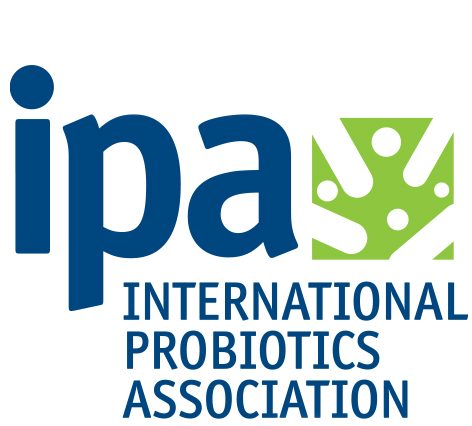Each person’s microbial map is unique. Some lead to excess kilos on the scale.
From the beginning: Your mother’s earliest choices design your blend. If delivered naturally, your mother’s birth canal is the first place microbes jump aboard. But if delivered by caesarean, newborns miss out on the mother’s mix of microbes and instead populate with pirate microbes: those belonging to the doctor, a nurse or the chap mopping the floor. While these workers may possess fine thickets of microorganisms, some of the 1,000-plus species of microbes in the gut may determine whether you, the host, is fat.
“The good bacteria that babies pick up during the natural birth process play an important role in reducing an infant’s risk of becoming overweight or obese in their early years of life,” reported researcher Erika Isolauri of the University of Turku in Finland said at a conference in Australia.
A 2012 Harvard study found this to be the case. Caesarean section was chosen by 284 of 1255 Boston area women. By age three, 15.7 percent of the children delivered this way were obese compared with 7.5 percent of children born vaginally. Caesarean delivery doubled the odds of obesity in these children.
Recent research also connects the dots between mode of delivery and obesity later in life. Researchers in Brazil mined data from a birth cohort followed from 1978 and concluded that the obesity rate in adults born by caesarean was 15 % compared to 10% for those born by vaginal delivery.
And a review of many studies conducted by UK scientists found odds of overweight and obesity greater than 20 percent in caesarean delivery.
How could microbes make people fat?
At least three possible ways:
- more energy is harvested from food
- more fat cells are made
- inflammation is triggered
One recent study reinforced this line of thinking. Inflammation was reduced in rats fed a strain of Lactobacillus gasseri for 24 weeks. The report appeared in the August 2013 European Journal of Nutrition. The strain significantly prevented body weight gain, fat accumulation and pro-inflammatory gene expression in the adipose tissue.
Also, lean and obese people harbor different types of microbes. The microflora of the obese includes fewer Bacteroidetes and more Firmicutes than lean people. When they lose weight, microbes change too.
An excellent 2008 review article from the Mayo clinic explores the role of gut microflora in obesity.
Somehow caesareans disturb the natural order and may lead to fat accumulation.
Unfortunately, caesarean sections are wildly popular. Rates have nearly doubled in the last decade, most markedly in high-income countries. One in three mothers in the United States now gives birth this way.
Other countries do more: China reports 60% and Brazil 47%.
This disturbing trend may be a contributor to the soaring obesity rates. No part of the world is untouched by this epidemic. The WHO reports that 1 in 3 people on the planet are overweight, a surge which greatly challenges government health and country resources.
Research suggests that cesareans should be reserved for risky cases and not scheduled like manicures or a day at the hairdresser.Newborns and their later selves benefit greatly from their mothers’robust microbes on that astonishing moment of entry from inner space.
It’s a ride to better health, one everyone deserves.
